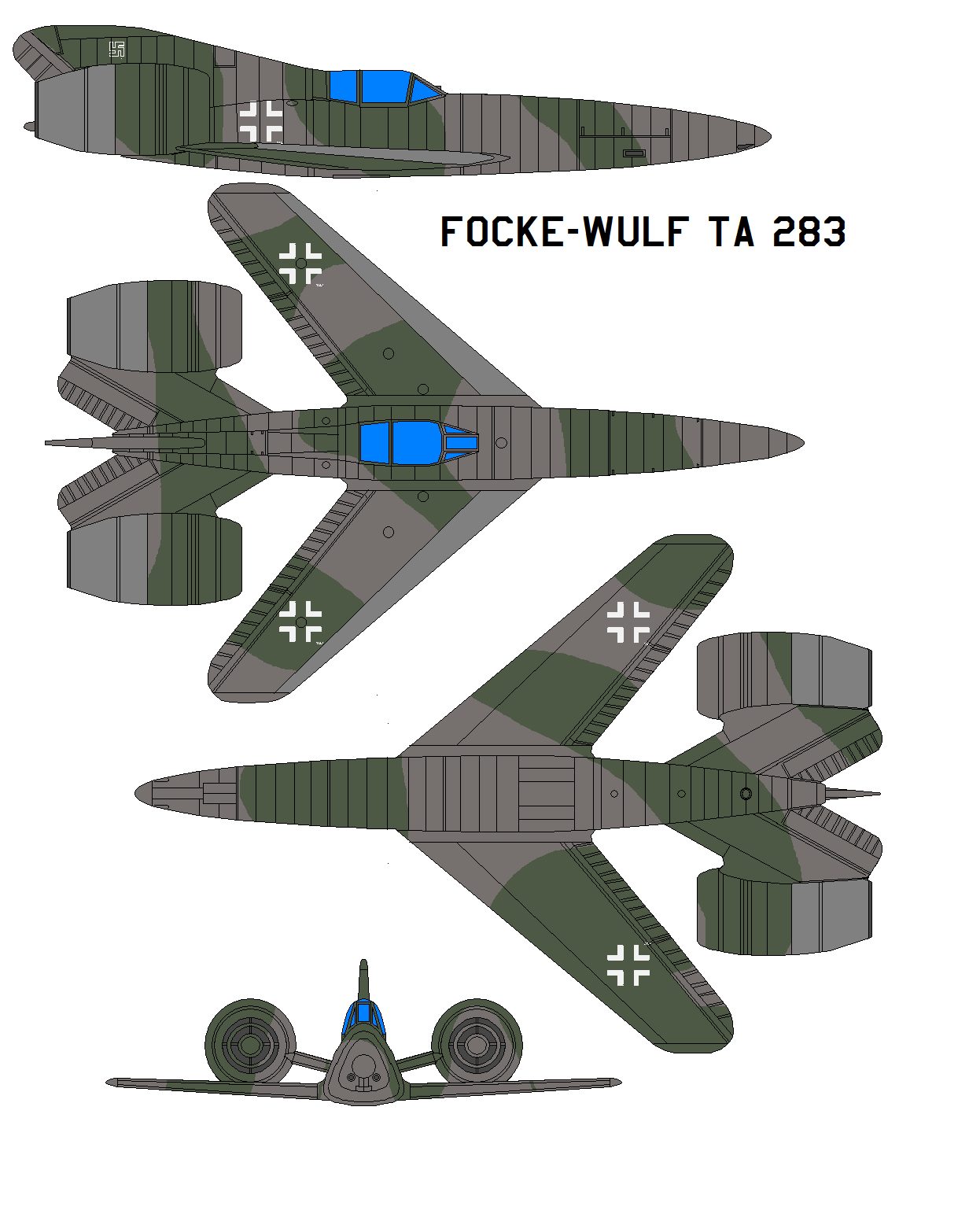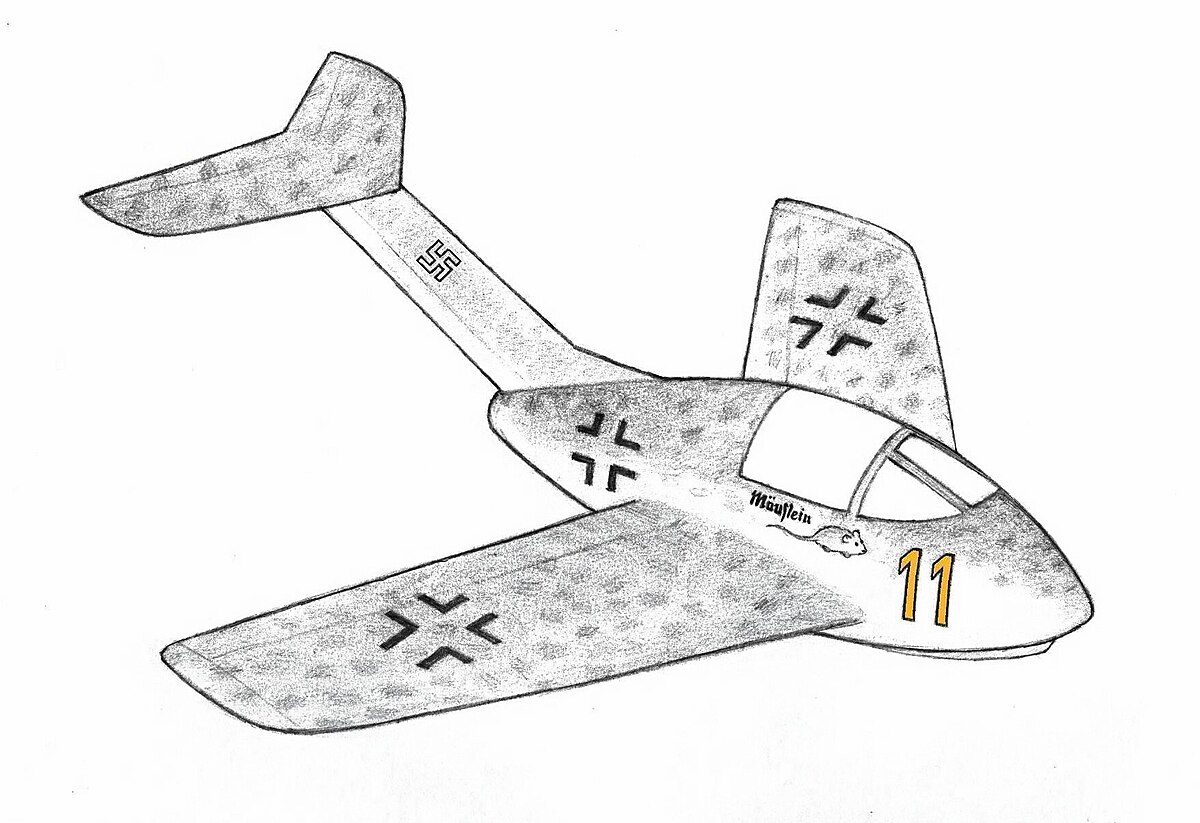4th - 10th March 1944 – Germany – Crossing the Rhine - Part II – Bridgehead to Berlin
It would fall to the Americans to launch the first phase of the attack over the Rhine on the 4th of March, much to the chagrin of the British. One spearhead of the American attack would be directed towards Remagen, south of Bonn though this was not regarded as the main axis of advance. The terrain here was less favourable than that north of Bonn and not well suited to armoured warfare. These disadvantages had caused the Germans to give the defence of Remagen and the Ludendorff bridge crossing a much lower priority, with only a light infantry force committed to covering it. With intelligence information revealing the weakness of the defences the area became a much more attractive target. Striking through the region fell to US III Corps, with the 9th Armoured Division taking the lead as they drove down the valley towards Remagen, catching the elements of the German Fifteenth Army covering the approaches by surprise and forcing them into a full retreat towards the city and the bridge. The need to keep the only avenue of escape for Fifteenth Army open explains why the bridge remained intact when many others on the river had already been blown, although the Americans fully expected it be blown up before they could seize it [1].
This was the plan of the German garrison at Remagen as the Americans rapidly advanced and threatened the bridge the German troops on the far side carried out their orders and detonated the demolition charges, regardless of the fact that this would trap the last of the Fifteenth on the far bank, and as a series of explosions rippled along its length the bridge was shrouded in smoke and debris rained down on those elements of the Fifteenth army still close to the riverbanks. As dramatic as the explosion was when the smoke cleared both the Americans and the Germans were astounded to see the bridge was still standing, battered and damaged but still passable for trucks and tanks. Given the toxic atmosphere in Germany in 1944 this inevitably led to accusations of treachery and sabotage from Berlin and several officers involved of the defence of Remagen were summarily executed for their failure. The real cause, based on Heer documents and forensic examinations after the war, seems to have been an inadequate supply of explosives and the poor quality of those that were used. A number of charges simply failed to explode, probably because wires connecting them had been cut during the fighting, and given the poor placement of the explosives overall, experienced demolition engineers being another thing the Germans were short of, the demolition effort was simply inadequate to the task at hand [2].
Overcoming their surprise the American troops were not going to let this opportunity slip away from them or allow the Germans a second chance at destroying the bridge. They now pressed to drive an armoured spearhead over the bridge, adding the anxiety of not being sure if the bridge would bear their weight to those of advancing under fire for the crews of the M4 Thomas tanks that took the lead, their heavy armour being able to shrug off what anti-tank weapons the defenders could bring to bear. This armour had been supplemented with whatever field expedients the crews could come up with, including such items as lengths of spare tracks and even concrete in some cases. As tough as they were Several of the Thomas’ were knocked out and had to be unceremoniously pushed off the bridge, but by 16:30 the Americans had a foothold on the far side and were able to suppress much of the fire directed at the bridge as the defenders desperately tried to collapse it, though the spearhead still had to contend with machine gun nests, snipers and booby traps as they sought to secure their position. Nightfall brought no rest for the Americans as troops were rushed across the bridge and the equipment to assemble a pontoon bridge alongside the Ludendorff were also in the process of being brought up, which was a wise move [3].
The morning of the 5th brought a series of attacks on the bridge by the Luftwaffe, with both Stukas and Ju-88’s trying to deliver precision attacks. Initially these were ineffectual, taking heavy losses without doing more than churning the waters around the bridge. At around 11:45 hours a fresh attack went in and this time several large explosions occurred on the bridge as bombers slammed directly into it and within minutes it was obvious that the bridge had suffered fatal damage. Despite frantic efforts to get clear at least seventy men and a dozen vehicles were lost when the structure finally collapsed at 12:30 hours. That the explosions brought down the already badly weakened bridge has never been disputed, it had nothing to do with the weight of equipment being moved over it or misjudged attempts to short it up. What has provoked considerable debate over the years is whether the explosions were the result of a suicide attack or not. Even in the face of the final desperate days of the Reich the suicide tactics embraced by the Japanese found little support in the Luftwaffe. It was one thing to make recklessly dangerous attacks against Allied bombers, closing to point blank range to ensure getting hits, quite another to send out pilots to simply ram themselves into Allied bombers. What was known as the Leonidas Squadron had been formed in the latter half of 1943, and theoretically they were committed to sacrificing themselves in battle. In practice these the Leonidas squadron stopped short of deliberate suicide attacks. The SS was far more zealous about the idea, but even they struggled to assemble a credible strategy, latching on to ideas such as a manned version of the Fi 103, turning what had been a prototype used in perfecting the design of the Fi 103 as a weapon. Both the Leonidas Squadron and manned missiles have been cited as carrying out the successful attack on the Ludendorff Bridge and yet this has been faced with flat denials from all those who might have been expected to take credit. In the end it seems the aircraft that struck the bridge were nothing more than random hits by aircraft that had been shot down and the destruction of the bridge simply a stroke of bad luck for the Americans, though it is unlikely that the bridge would have survived for more than few days regardless [4].
The collapse of the bridge left the American foothold vulnerable for a brief time; however the Wehrmacht forces were unable to carry out a co-ordinated counterattack and the Americans were supported with men and supplies ferried across the river before the pontoon bridge was brought into service. By the evening of the 6th any opportunity for the Germans had disappeared and the Americans were firmly lodged on the far bank of the Rhine. Even though they only had access to it for less than a day the Ludendorff Bridge did make a crucial contribution to the American advance and alongside the British crossing it spelled the end for any German hopes of containing the Western Allies [5].
The crossing in the British sector involved both British and America troops, as well as the Polish Parachute Brigade, and launched two days after the crossing at Remagen on the 6th of March, beginning at 21:00 hours. To ensure that they had a bridge over the river the British had settled on an ambitious goal for Operation Privateer, to throw a 350m pontoon bridge across the Rhine in barely six hours near the town of Wesel. The plan for the crossing also leant heavily on the 79th Armoured Division commanded by General Hobart and the experts in using the ‘funnies’ that had been so invaluable on D-Day. The British also massed nearly four thousand artillery pieces to conduct a massive artillery bombardment and to assist in laying smokescreens to conceal the movement of troops in the build up to the attack. The RAF and USAAF were also heavily committed, with even the heavies of Bomber command diverted from the Ruhr in the preceding days to pummel the defences and the lines of communications of the defenders. The first phase of the crossing would be supported by a substantial airborne operation, again intended to cut off the forward defences from reinforcement. As always, such operations were a gamble and some argued that the goals for the airborne operation were overly ambitious, trying to seize objectives too far behind the frontline. Regardless of these concerns the airborne operation would go ahead as planned [6].
There were now older men in the ranks of the Wehrmacht who had served in the First World War and survivors were know to voice the opinion that the artillery bombardment that opened up on the 6th was worse than anything they had experienced on the Western Front. With the aerial attacks that were pressed home as soon as dawn broke the defences on the Rhine were largely suppressed allowing the British and American spearheads crossing between Wesel and Rees to get over the river with minimal casualties, with the specialist armoured vehicles proving their worth once more In addition to their battle tested vehicles the ranks of the 79th Armoured Division included a number of models that had entered service too late for D-Day such as the LVT-2 Buffalo. Some of these had been outfitted with turrets adapted from the M3 Stuart and the M8 HMC, which allowed the Buffalo to serve in the fire support role as well as transport men and supplies across the Rhine. Construction of the pontoon bridge got under way at 09:30 hours and was completed by 16:30, setting a record for the construction of a bridge of this type and ensuring the rapid reinforcement of the amphibious forces, including tanks and heavy weapons [7].
The airborne operation commenced with drops by the British 1st and 6th Airborne divisions, the US 17th Airborne Division and the 1st (Polish) Independent Parachute Brigade, the largest airborne assault since D-Day itself, codenamed Operation Varsity. Finding enough aircraft and gliders to support this operation had been a major challenge but the airborne forces had been hoarding everything they could lay their hands on since the Normandy landings and there had been several other proposals for large scale airborne operations in the autumn of 1943 that had encouraged the production of more equipment, most notably a plan for an assault on the Netherlands put forward by British staff officers that O’Connor had vetoed. The equipment available was still barely adequate, but in the end the scale of the operation may have proven its greatest strength as it sowed utter confusion in the German ranks and what reserves were available found themselves divided up among multiple counterattacks that did nothing except fritter away their strength and leave themselves far too weak to hold back the British advance from the river as it linked up with the airborne forces [8].
Varsity had multiple objectives, taking control of the Diersfordter Wald, a forest on higher ground overlooking the Rhine, occupying the village of Hamminkeln, taking control of bridges over the river Issel, and isolating the town of Wesel itself from any attempts at German reinforcement. It was at Wesel that the plan underwent a significant revision, and not one that had been approved by Allied high command. The 1st Polish were supposed to land well to the west of Wesel, but they missed their drop zone and landed near the outskirts. Rather than pulling back and redeploying near their original drop zone the Poles waited until after nightfall and began to infiltrate the town. Around 1850 hours shooting broke out and in the confusion the German defenders concluded that this was a full assault on the town. At 0300 on the 8th of March they began to withdraw eastwards, skirmishing with elements of 1st Airborne who had moved to screen the flanks of the position at the Diersfordter Wald. By dawn the Poles had complete control of the town and the Germans chose not to counterattack immediately, still overestimating the strength of the Allied forces. The seizure of Wesel undermined the entire German position and greatly speedup the advance from the British bridgehead. This did not mean that everyone was happy with the actions of General Stanisław Sosabowski, the commander of the 1st Polish, with there being suggestions that he should be removed from command, however success provided him with the best possible excuse for his actions and he continued to command the brigade for the rest of the war [9].
By the 9th of March all attempts at German counterattacks had been repulsed and the bridgeheads were officially secure. From this point on the British and Americans rapidly expanded their foothold over the Rhine and began their push into the heartlands of the Ruhr and towards Berlin itself. This provoked a fresh round of despondency and defeatism in Berlin, which even men who had become experts at hiding such sentiments could barely disguise. Even worse was to come as the situation in Eastern Europe took a dramatic turn for the worse for the Third Reich [10].
[1] Some things are fixed points in history as a certain Doctor would have it, Remagen is one of them.
[2] Never ascribe to malice what can be explained by incompetence, unless you are trying to appease Adolf Hitler.
[3] So obviously the major divergence at this point is the availability of the M4 Thomas to lead the push across the bridge.
[4] The bridge doesn’t stand up as long, though its still far too late for the defenders.
[5] Also has to be remembered the Germans took a far worse battering in the Ardennes than OTL.
[6] Is it possible someone referred to it as a bridge to far? Yes, yes, it is.
[7] The British managed this astonishing feat IOTL as well.
[8] And this is the major changed from OTL for the British, the airborne troops lost at Arnhem are available and being put to rather better use. This is the version of Varsity the planners would like to have staged IOTL.
[9] So the Poles bounced the Germans out of the town and accelerated the British advance, meaning General Sosabowski retains his post.
[10] Warsaw, Bratislava and Bucharest loom large in the next series of updates.


